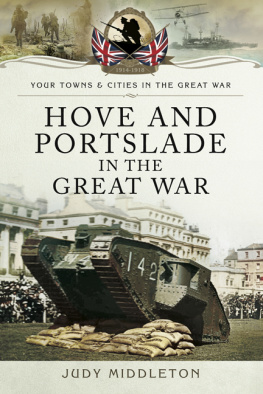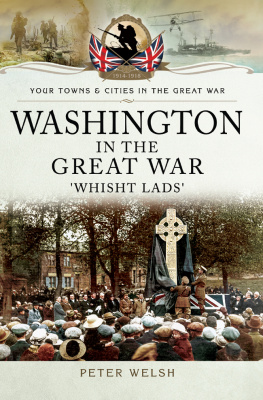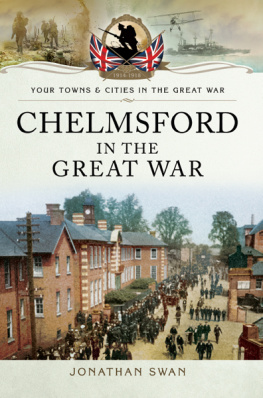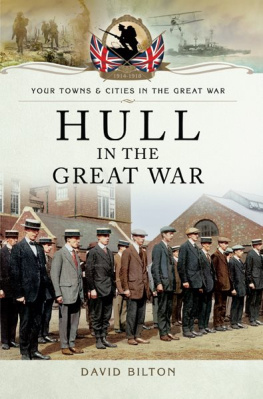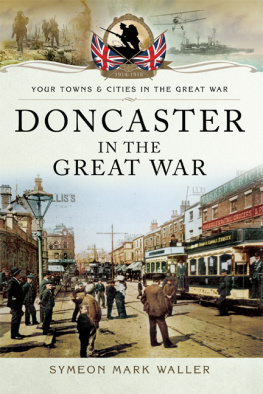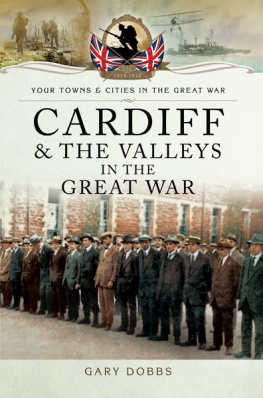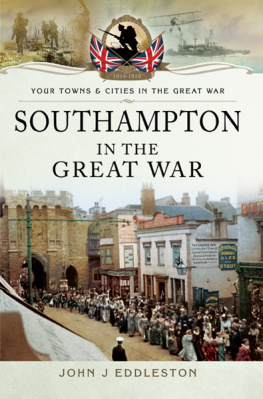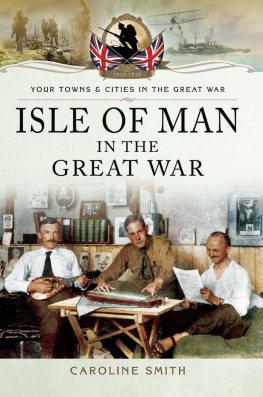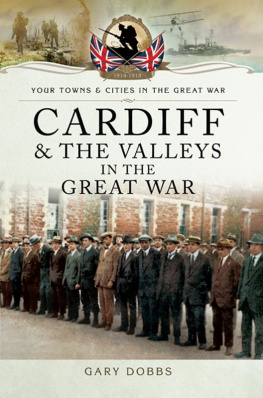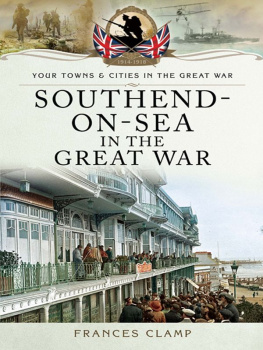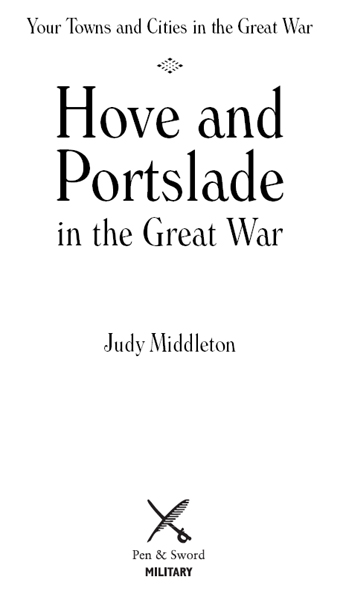
First published in Great Britain in 2014 by
PEN & SWORD MILITARY
an imprint of
Pen and Sword Books Ltd
47 Church Street
Barnsley
South Yorkshire S70 2AS
Copyright Judy Middleton, 2014
ISBN 978 1 78303 643 1
eISBN 9781473838420
The right of Judy Middleton to be identified as the author of this work has been asserted by her in accordance with the Copyright, Designs and Patents Act 1988.
A CIP record for this book is available from the British Library
All rights reserved. No part of this book may be reproduced or transmitted in any form or by any means, electronic or mechanical including photocopying, recording or by any information storage and retrieval system, without permission from the Publisher in writing.
Printed and bound in England
by CPI Group (UK) Ltd, Croydon, CR0 4YY
Typeset in Times New Roman by Chic Graphics
Pen & Sword Books Ltd incorporates the imprints of
Pen & Sword Archaeology, Atlas, Aviation, Battleground, Discovery,
Family History, History, Maritime, Military, Naval, Politics, Railways,
Select, Social History, Transport, True Crime, and Claymore Press,
Frontline Books, Leo Cooper, Praetorian Press, Remember When,
Seaforth Publishing and Wharncliffe.
For a complete list of Pen and Sword titles please contact
Pen and Sword Books Limited
47 Church Street, Barnsley, South Yorkshire, S70 2AS, England
E-mail: enquiries@pen-and-sword.co.uk
Website: www.pen-and-sword.co.uk
Contents

Acknowledgements

I would like to thank the following people; Douglas dEnno for his introduction to publishers Pen & Sword and for the loan of two illustrations; Margaret Curson, Rare Books Librarian, Brighton & Hove Libraries, for permission to reproduce photographs from Hove Librarys Great War Archive; staff at Hove Museum; N. Nic Nicol of The Prisoner of War Internment Camp Project 19141920 for information; Dave Sharp for his computer expertise, stories of his grandfather and relevant photographs; Norma Sharp for her eagle-eyed proof-reading; Robert Jeeves for allowing me to use two photographs from his collection; Rendel Williams for the loan of a photograph; Very Revd Dr Terry Brown for permission to use the illustration of Bishop Baddeley; various local people for sharing their memories and photographs.
CHAPTER 1
From Peace to War

In the early days of July 1914 Hove residents were drawn irresistibly towards the seafront. They flocked down there both in daylight hours and at dusk. The sight that met their eyes was indeed a once in a lifetime free show; riding serenely at anchor around 3 to 4 miles offshore was the First Battle Squadron of the British Fleet. From opposite Grand Avenue west towards the coastguard station, the ships were drawn up in two magnificent lines.
HMS Marlborough was the flagship and also present were HMS Colossus , HMS Hercules , HMS Neptune , HMS St Vincent , HMS Superb , HMS Vanguard and HMS Collingwood . The light cruiser HMS Bellona did not make an appearance with the rest of the ships on Wednesday 1 July, but arrived on Thursday evening.
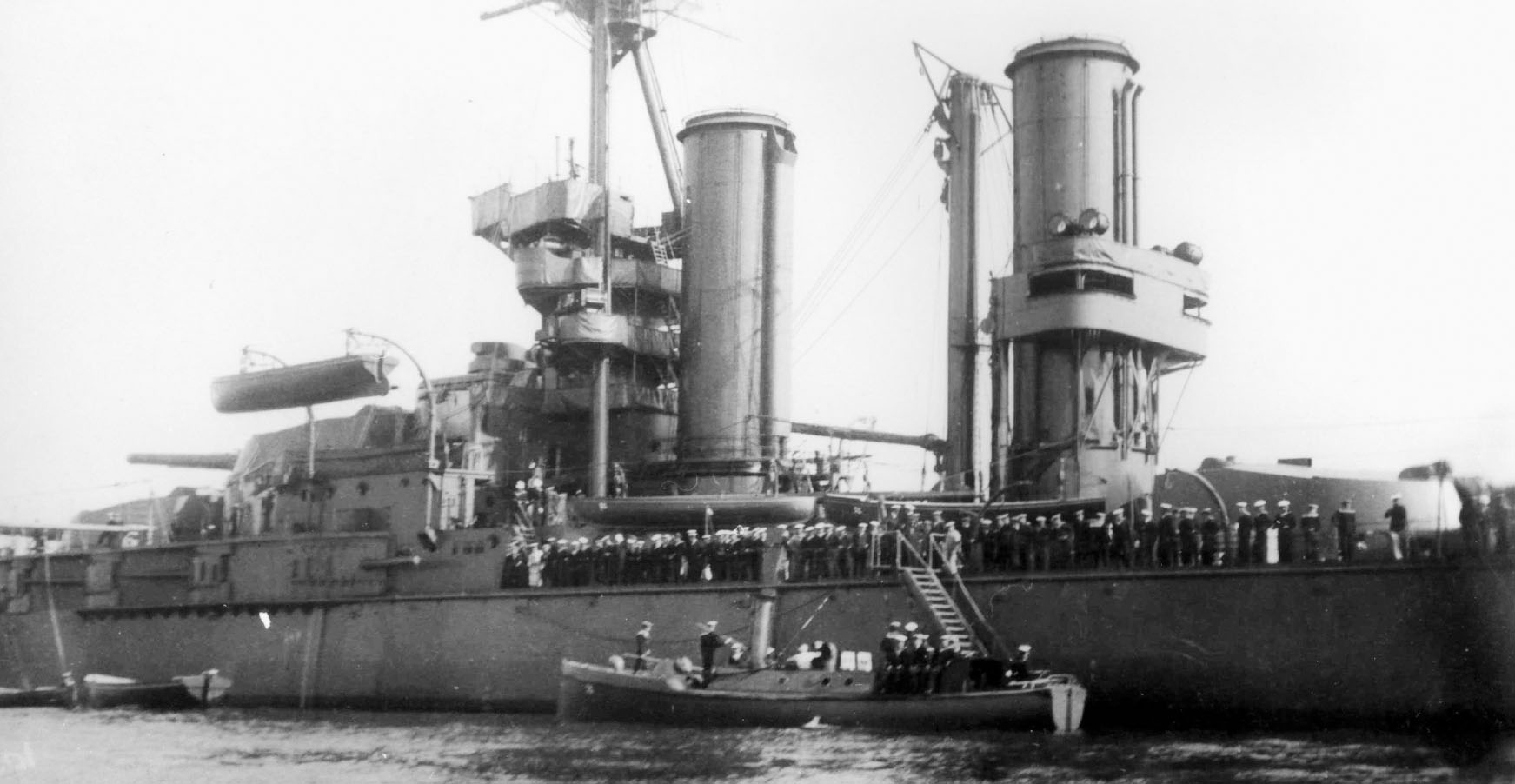
HMS Marlborough and other ships belonging to the First Squadron of the British Fleet paid a courtesy visit to Hove in July 1914 . (R. Jeeves)
Unfortunately, when the fleet first arrived, a light haze over the sea prevented the thousands of people lining the promenades in Brighton and Hove from seeing them clearly. The man who hastened down to the seafront to hire out his telescope at a penny a time grumbled that he was losing money. But the freelance reporter in the Sussex Daily News summed up the general mood:
I saw enough to give me something of the old thrill of pride in British naval power. A huge instrument of destruction is an aweinspiring sight, and in the hands of a bellicose nation it is terrible to contemplate. But our people, having got all the empire, they can conveniently keep in order, have come to regard the Navy as the most surest and most glorious of our defences.
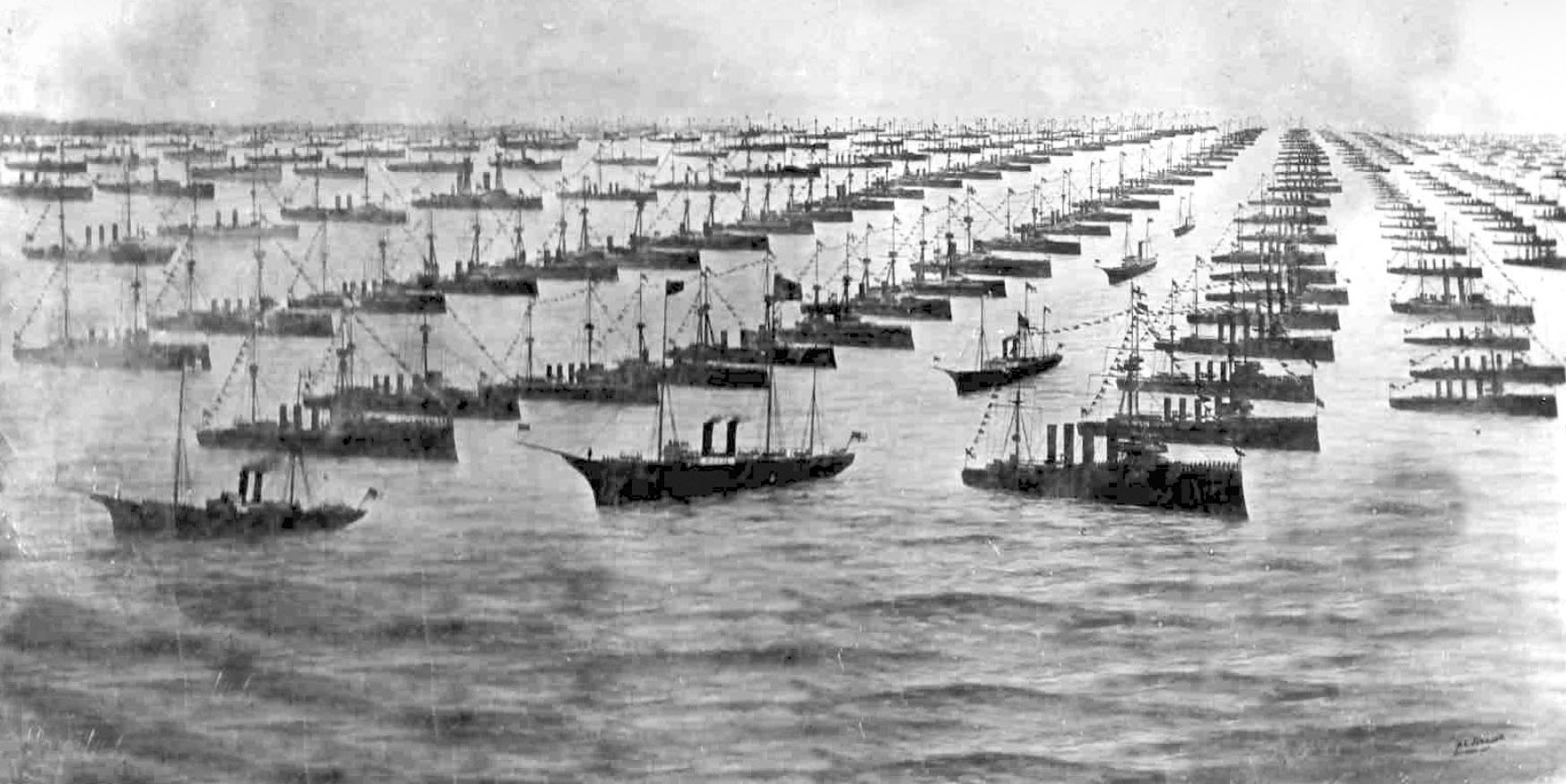
King George V and Queen Mary were crowned on 22 June 1911. Part of the celebrations included a Coronation Fleet Review held at Spithead. The British public found reassurance in the impressive size of the Fleet . (Author)
Hove welcomed the sailors with open arms and Alderman E.H. Leeney, Mayor of Hove, and his councillors gave a special dinner at Hove Town Hall. They had already raised a subscription to pay for the event, which took place on Wednesday 1 July. The sailors marched through Hove and the streets were lined with cheering crowds and flag-bedecked buildings. Inside Hove Town Hall were tables adorned with floral decoration provided by Balchin & Sons while sweet peas and other plants came from St Anns Well Gardens. Commander Usborn from the Colossus was in charge of the men, who were described as a splendid advertisement for the empire.
Commander Usborn, a tall, pleasant-featured officer, proved an able public speaker, and his voice rang out like a clarion. Besides potatoes, if other vegetables were served, the reporter did not think fit to mention them. The band of the Queens Regiment played during the meal and when they were finished all the men were presented with packets of cigarettes and inscribed memento tobacco boxes.
The next day there was a repeat performance at Hove Town Hall for the other ranks and at the close Chief Petty Officer Webb from the St Vincent gave a vote of thanks on behalf of the lower deck.
Wednesday evening proved to be sultry and at 7.50 p.m. a severe storm broke out with claps of thunder so loud as to be terrifying, followed by lashings of rain. But then the weather cleared and people were anxious to see the promised event. Not for many years has a more enchanting spectacle been witnessed from the promenades of Brighton and Hove than was provided last night for the illumination of the First Battle Squadron. The time announced for the illumination of the eight great battleships was 9.30 p.m. and the wonder happened almost precisely to the minute, thousands of people all along the Front, on the two piers, at the windows of hotels and houses, exclaiming with delighted astonishment as the squadron suddenly revealed itself across the dark waters. The whole thing occurred with the swiftness and almost with the weird surprise of a miracle being wrought upon the sea. In fact a rocket was fired to signal the lighting-up.
There was some disappointment at the ships being anchored so far from shore, the nearest being the St Vincent and the Marlborough . Ordinary folk had hoped to be allowed to clamber aboard to see the vessels for themselves. But this delight was reserved for officials such as the Mayor of Hove and the Mayor of Brighton who travelled from the West Pier aboard the admirals launch to pay a visit to HMS Marlborough . Those who could afford it could take a sightseeing trip in one of Campbells steamers while the seriously wealthy might consider an aeroplane.

